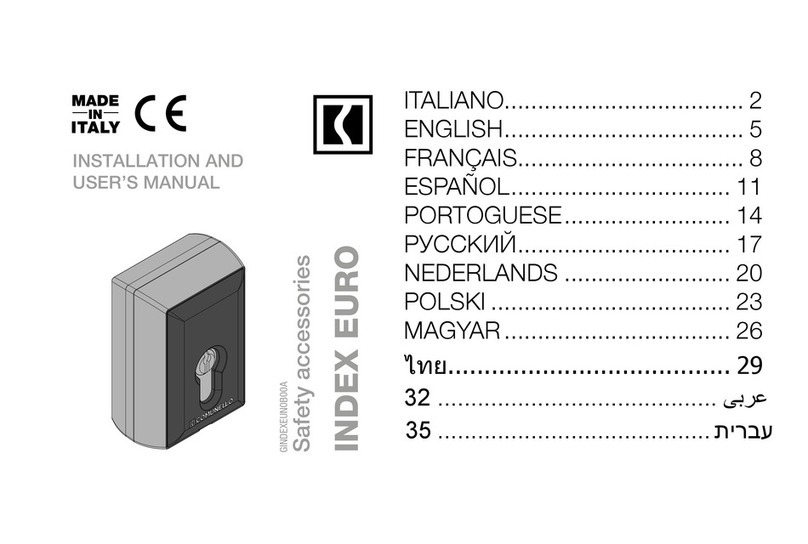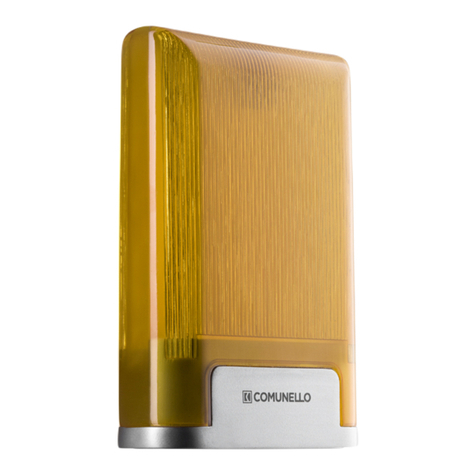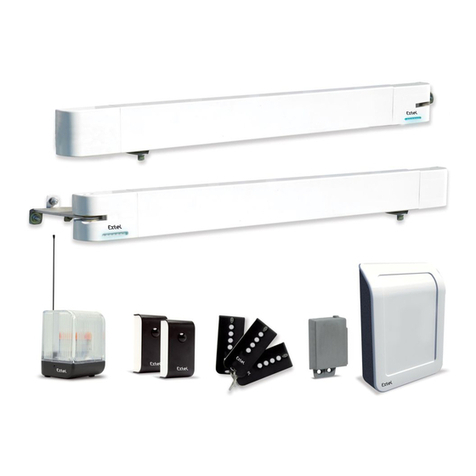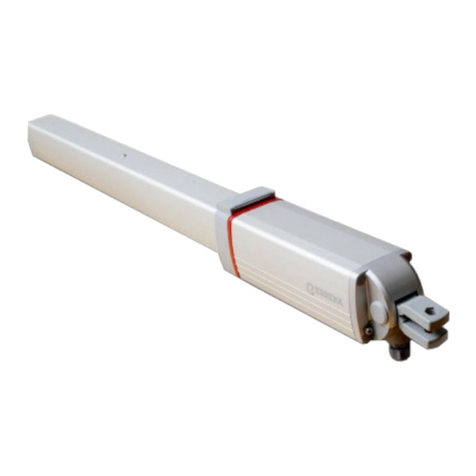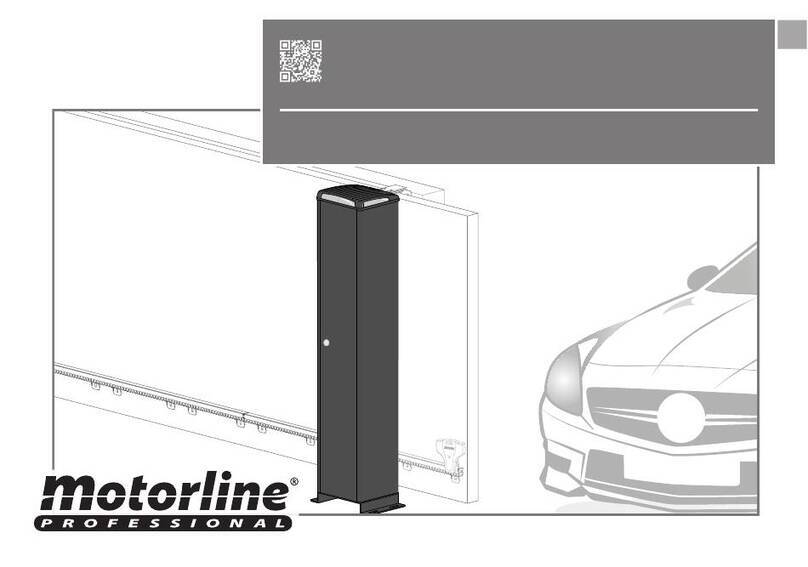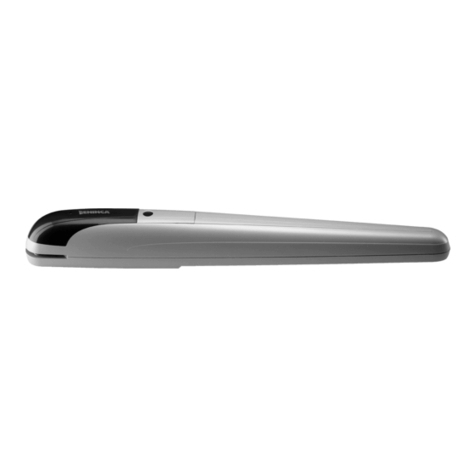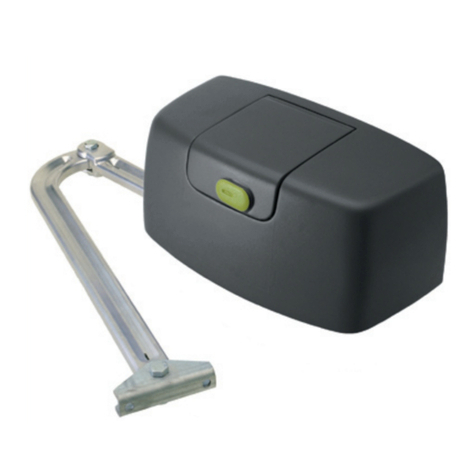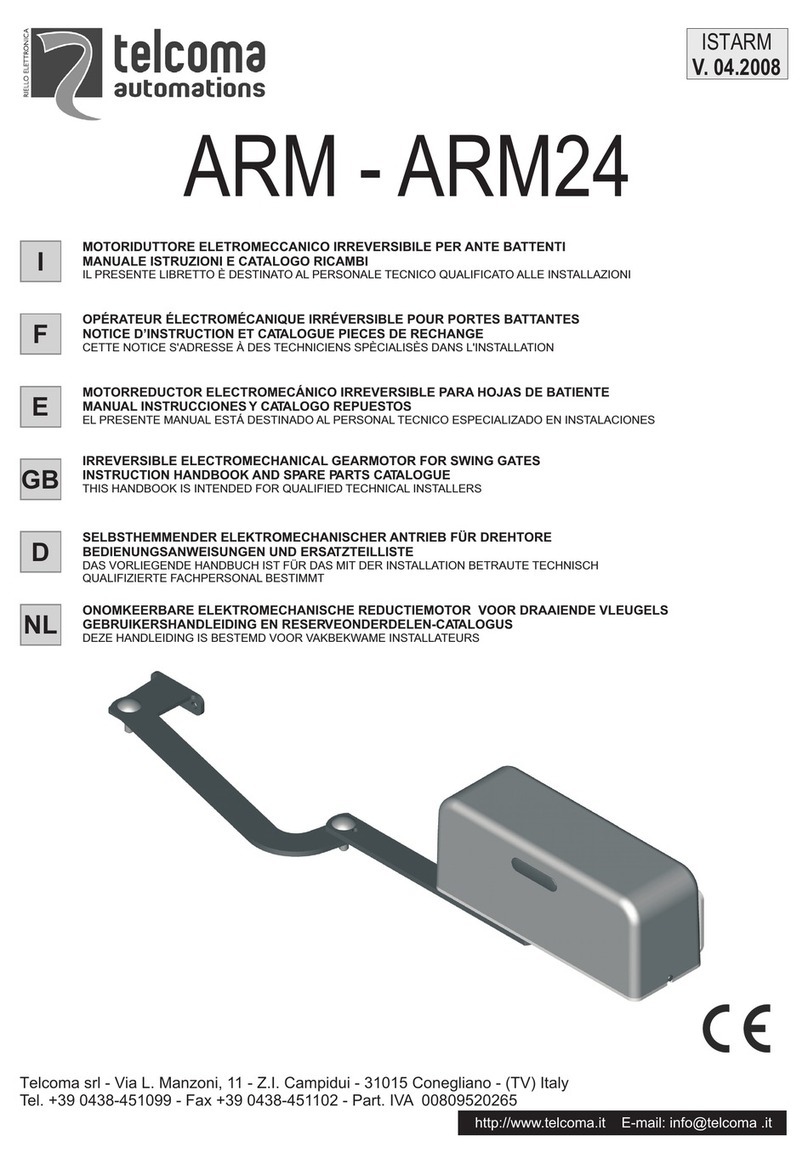Comunello Automation CONDOR 220 User manual
Other Comunello Automation Gate Opener manuals
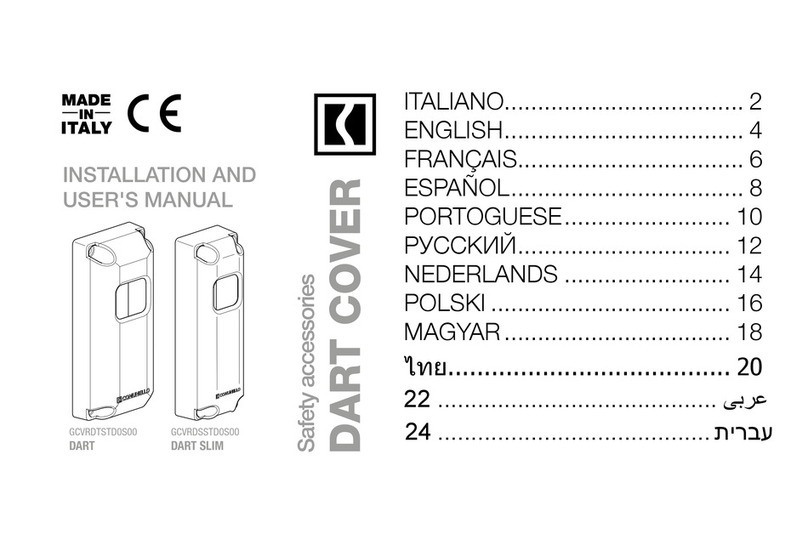
Comunello Automation
Comunello Automation DART User manual

Comunello Automation
Comunello Automation RAM 220 User manual
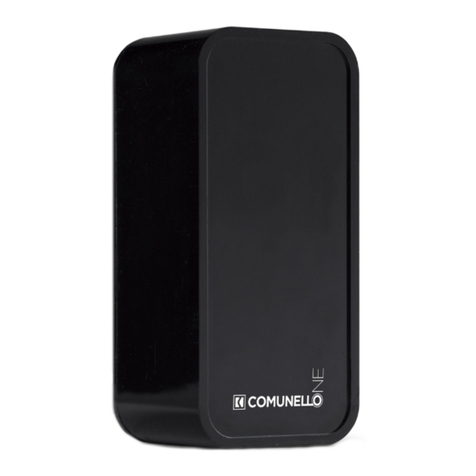
Comunello Automation
Comunello Automation DART User manual
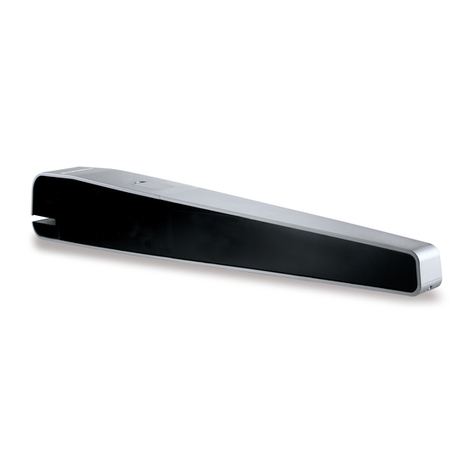
Comunello Automation
Comunello Automation ABACUS 220 User manual
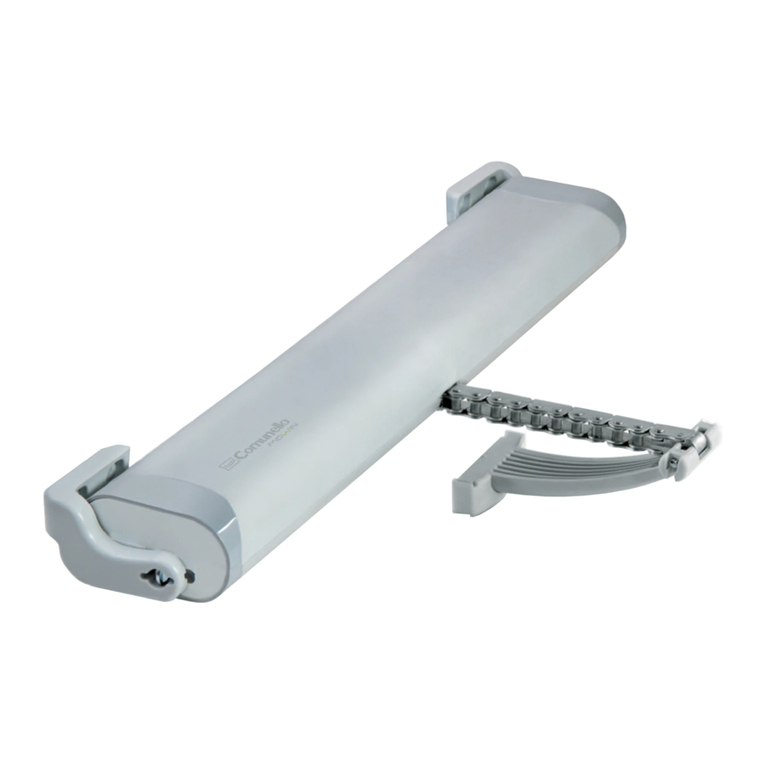
Comunello Automation
Comunello Automation LIWIN User manual
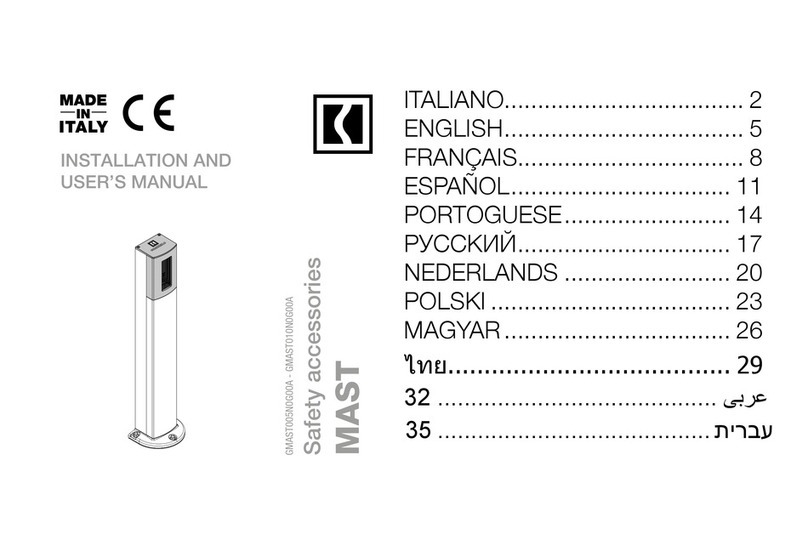
Comunello Automation
Comunello Automation MAST GMAST005N0G00A User manual

Comunello Automation
Comunello Automation MAST TWIN User manual
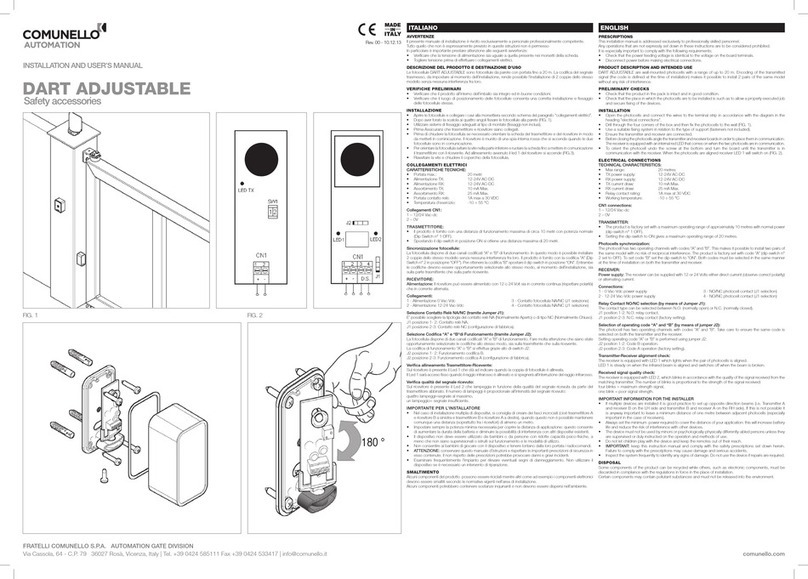
Comunello Automation
Comunello Automation DART ADJUSTABLE User manual

Comunello Automation
Comunello Automation MAST SLIM GMASTS05N0G00A User manual
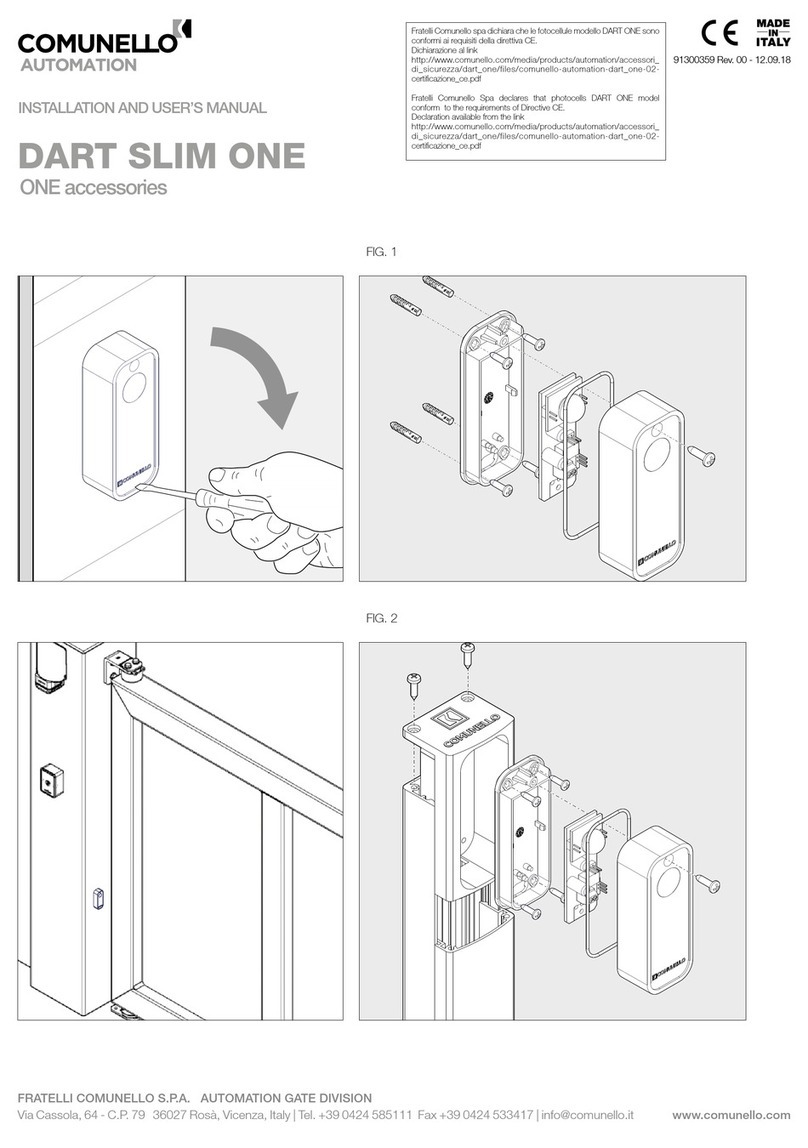
Comunello Automation
Comunello Automation DART SLIM User manual
Popular Gate Opener manuals by other brands
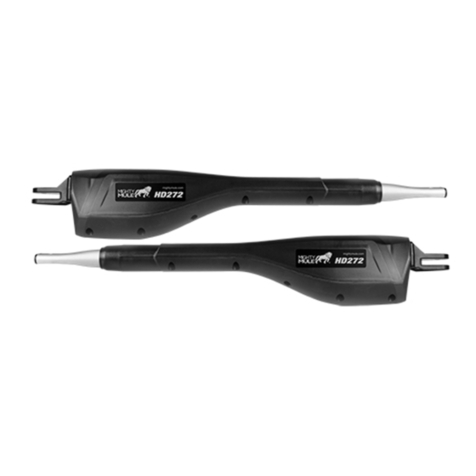
Nortek Security & Control
Nortek Security & Control Mighty Mule HD272 installation manual

tousek
tousek TURN 10 Installation and operating instructions

SOMFY
SOMFY AXOVIA 220B RTS installation instructions
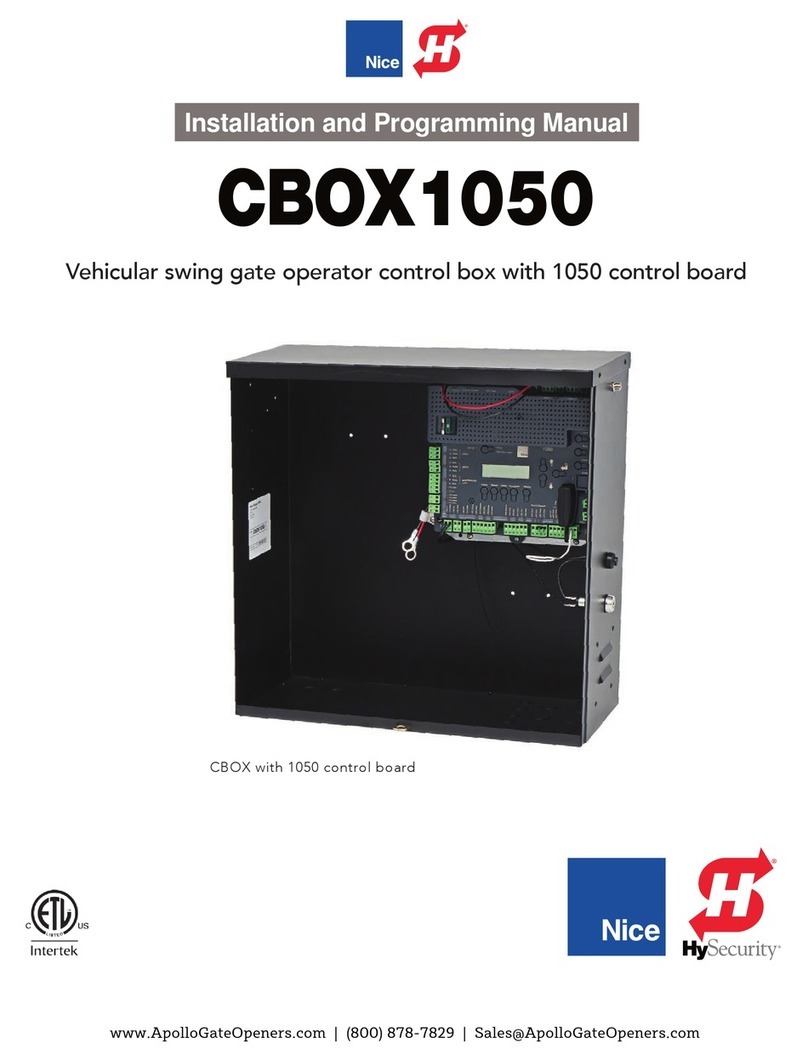
Nice HySecurity
Nice HySecurity CBOX1050 Installation and programming manual
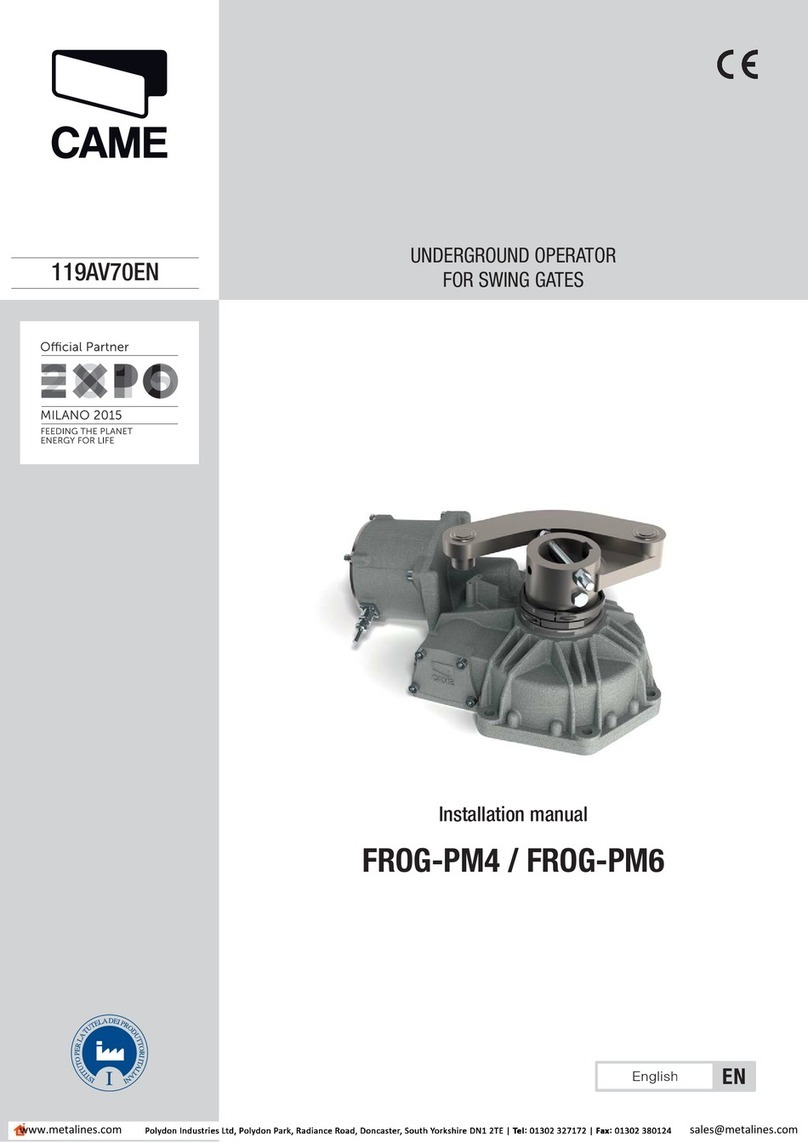
CAME
CAME FROG-PM4 installation manual

Aprimatic
Aprimatic ONDA 500 installation instructions
